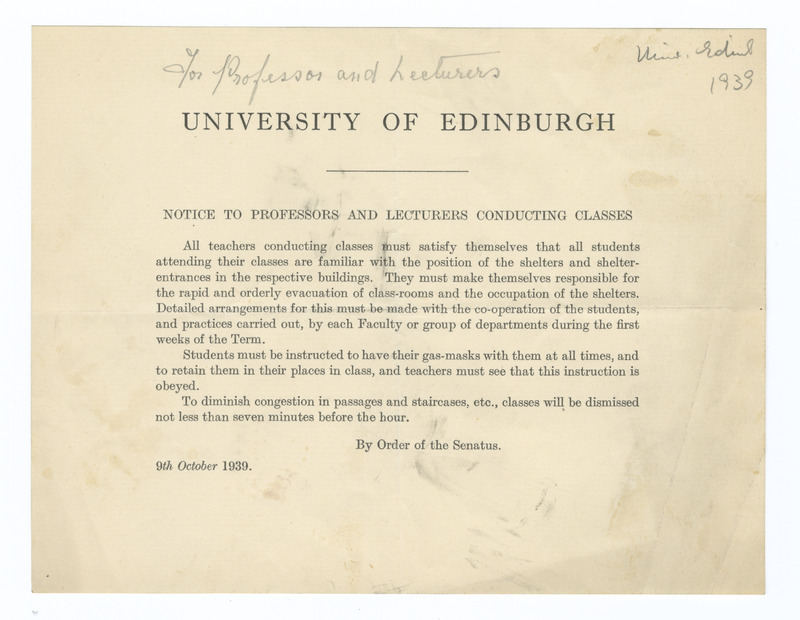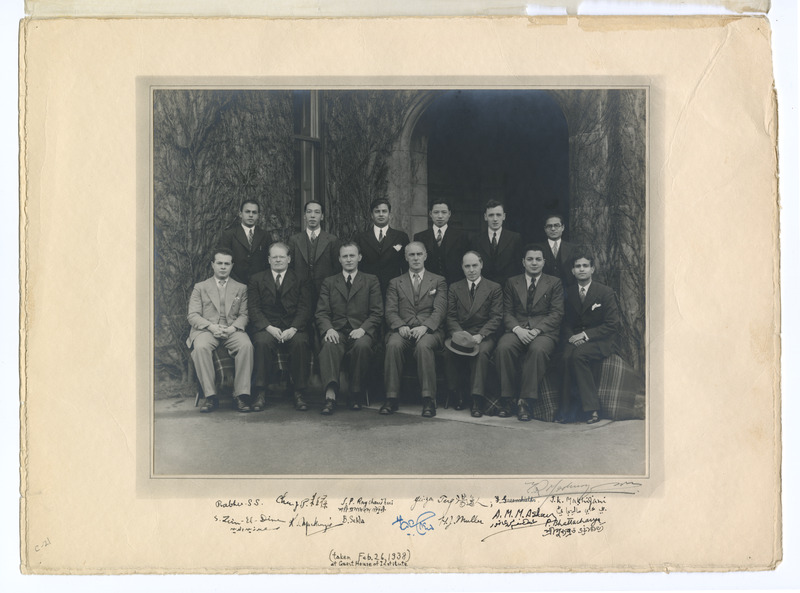
Given the sensitive nature of the political situation in the USSR, Muller was extremely quiet about the events that had occurred there. A careless word could have led to the death or imprisonment of a friend or colleague. Beyond the letter to Julian Huxley, Muller also provides a fairly detailed account in a 1944 letter to the geneticist Karl Sax, who was writing on the Lysenko controversy. The rose-colored glasses through which many fellow leftists viewed Lysenkoism and the political situation in the Soviet Union under Stalin, coupled with his inability to speak openly and correct their misconceptions would frustrate Muller for years to come.
One of his major research works from Soviet Russia, a bibliography of Drosophila research, Muller had to smuggle out of the country. The original is now held by the Lilly library. An edited version was later printed in Edinburgh in 1939 as the Bibliography on the Genetics of Drosophila. In a certain sad irony, the book was especially valued for its coverage of the excellent Russian work on Drosophila genetics.

Crew was a great collector of talent. In this letter to Julian Huxley he expresses his enthusiasm about Muller. Crew sends a longer even more effusive letter to Huxley a week later.
Muller had no clear job lined up when he left Russia. He temporarily stayed in Paris with the Russian-born French geneticist Boris Ephrussi at the Radium Institute (now Curie Institute). Julian Huxley in England meanwhile spoke with the English geneticist Francis Crew and got Muller an offer for a temporary position at Edinburgh.

This official announcement concerning the Edinburgh policy during the war illustrates the pervasive effect it had on university life.

This 1938 picture taken at the Institute of Animal Genetics in Edinburgh shows Muller, Crew, and a number of other scientists who worked there. Crew is in the center of the bottom row, just left of Muller.
Ephrussi would have liked to hire him as well and was eventually able to get together funds for an offer of his own, but Muller accepted the position at the Institute of Animal Genetics in Edinburgh. Crew, a pioneer in medical genetics, had been assembling a truly international institute, with researchers from India, Egypt, Germany and elsewhere. It was a good time to be in the recruiting business as many diligent and talented scientists were fleeing from fascist Europe. The Institute benefited greatly from members such as the German-Jewish Charlotte Auerbach and the Italian-Jewish Guido Pontecorvo.